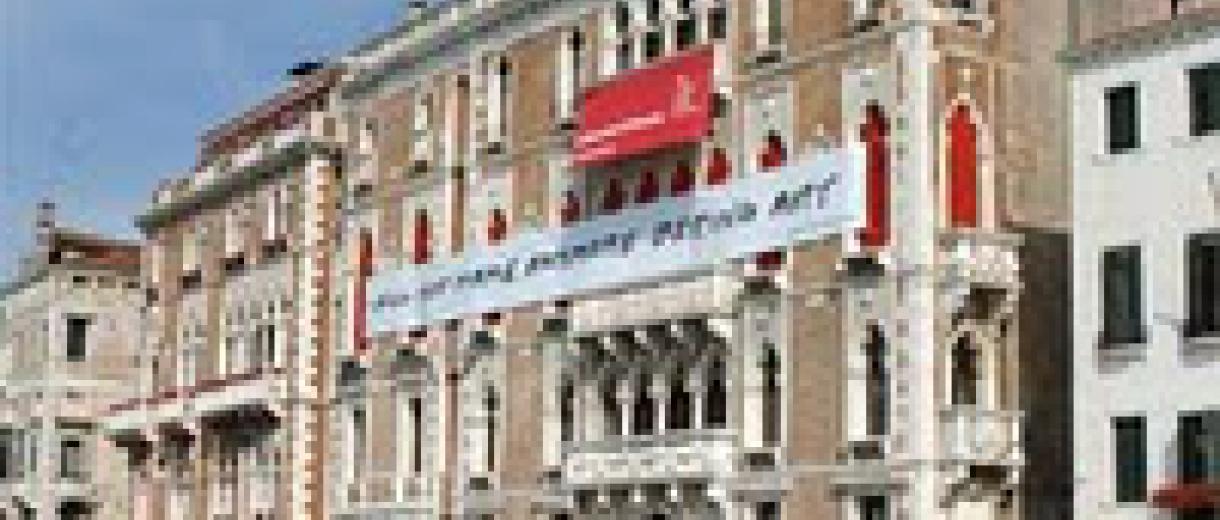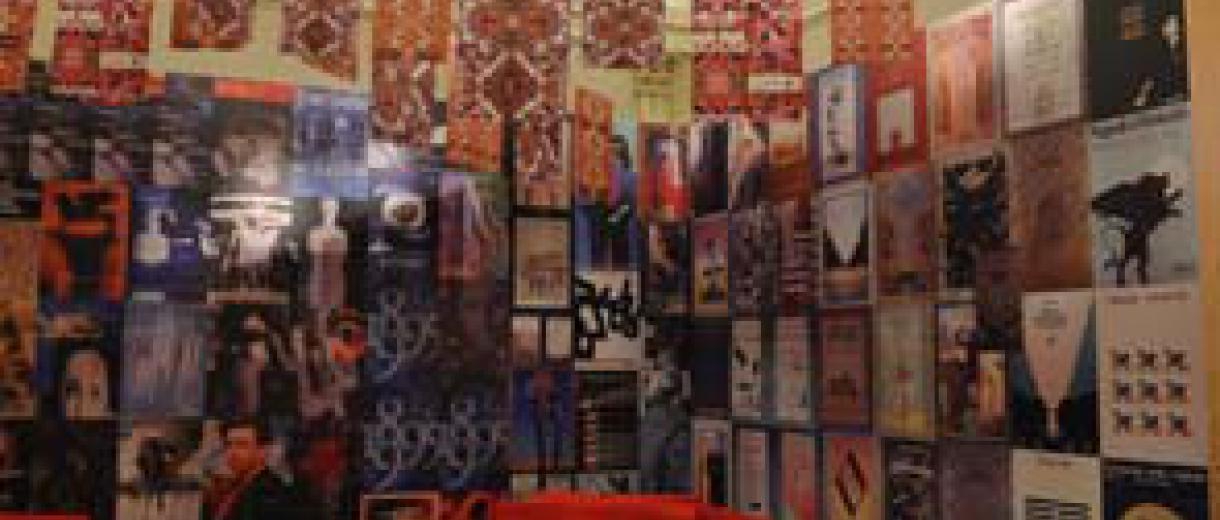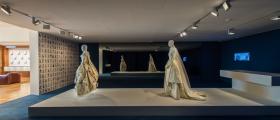Italy: Biennale 150: 116 all the posters……
 Until May 20, 2011 at the headquarters of the Venice Biennale Ca’ Giustinian the exhibition Italy: 150 / Biennale: 116. All the posters of 116 years of life on display.
Until May 20, 2011 at the headquarters of the Venice Biennale Ca’ Giustinian the exhibition Italy: 150 / Biennale: 116. All the posters of 116 years of life on display.
After reopening in 2010 - at the 12th International Exhibition of Architecture - the Library in the new location in the Gardens (Pavilion), in the year of the 150th anniversary of the Unification of Italy, the Venice Biennale (1895) sets out the posters 116-year history - collected and arranged recently dall’ASAC (Historical Archive of Contemporary Arts) - a proof of the Biennale in a long stretch in the history of Italy.
The Biennale hopes to make the public aware of a collection of particular importance for variety, texture and artistic quality that one of the authors over the years has included renowned artists and graphic designers, from Augusto Sezanne, to Ettore Tito, Marcello Dudovich, Carlo Scarpa, Albe Steiner, Milton Glaser, Ettore Sottsass, Gianluigi Toccafondo and Studio Tapiro of Venice.
The exhibition Italy: 150 / Biennale: 116 is on two areas:
At Portego of Ca’ Giustinian (ground floor) are exposed 60 original posters of the International Art Exhibitions, from 1895 to 2009, accompanied by a selection of catalogs, brochures, postcards, posters and other advertising material produced over the years by the Biennale. The exhibition is complemented by a “photo story” of significant events of the Biennale, related to the selected graphic materials;
In the Hall of Columns (first floor) are arranged in sequence on large panels over 300 posters relating to exhibitions of all sectors of the Biennale, the Festival of Music was established in 1930 at the Venice Film Festival (1932), Festival of Theatre (1934) , ASAC (1976), the Exhibition of Architecture (1980) to the Dance (1999).
Historical notes:
The history of posters of the Venice Biennale is a significant path in the graphics lasting over a century, from the liberty between ‘800 and ‘900 comes to the modern graphic-design.
Protagonist until 1920 of the first posters is architect Augusto Sezanne (Florence, 1856), professor of decoration at the Academy in Venice, which in this new art of “warnings wall” performs much of his talent . Sezanne, along with the Venetian painters Bartolomeo Bezzi, Guglielmo Ciardi, Pietro Fragiacomo and Ettore Tito, was among the early supporters and collaborators of the Art Biennale and was a member of the organizing committee of the exhibition. Apart Sezanne, should be mentioned at this time Ettore Tito, who realizes the manifesto of 1905, and Adolfo De Karolis (1909).
To implement the manifesto of 1924 is called a great artist, the master of Italian posters Marcello Dudovich, former “poet”of the “Belle Epoque”, who shows the city of Venice as a great tourist attraction, with a crowd of ladies and knights parading in gondola in front of the Salute.
In the 30s, among the suggestions rationalist style of ‘900, Astolfo De Maria (his poster of the Film Festival in 1936) - son of quel Marius, who also designed the facade of the first Hall “Pro Arte” - and Giulio Cisari (Art Biennale 1922 and 1936) and Giacinto Mondaini, winner of international competitions reserved for countries of the Axis for the posters of the Art Biennale in 1940 and 1942. In this period there are also Brenno del Giudice, Bruno Bramanti, Carlo Bisi, Aldo Cigheri and Giuseppe Riccobaldi.
In 1948, the Venice Biennale opens to the European avant-garde, and the international competition for his poster was won by Sergio Mazzari, chosen by a committee which includes personalities such as Roberto Longhi, Nino Barbantini and Carlo Ludovico Ragghianti. In the same year, the poster for the Film Festival is produced by Graziano.
It is the beginning of a period, the ’50s, in which the image of the Biennale is designed by artists of great quality as Paola Levi Montalcini (sister of Rita, 1950), Alma Studio of Venice (1952), the photographer and painter Luigi Veronesi, who realizes the manifesto of 1956, or Carlo Scarpa designs, without signing, the manifesto of 1958.
Authors of the next posters, from the 60s to the present day, are graphs of international fame as Renato Grove (1960), Massimo Vignelli (1962 and 1964), Bob Noorda with Unimark (1966-1970), Albe Steiner (1972), Milton Glaser (1979-1982), Sottsass Associati (1990), Studio Tapiro in Venice (1987-2003), Gianluigi Toccafondo (1999-2001), Matteo Thun (2004-2008), Studio Indigo (2005), McKann Erikson (2005 ).









